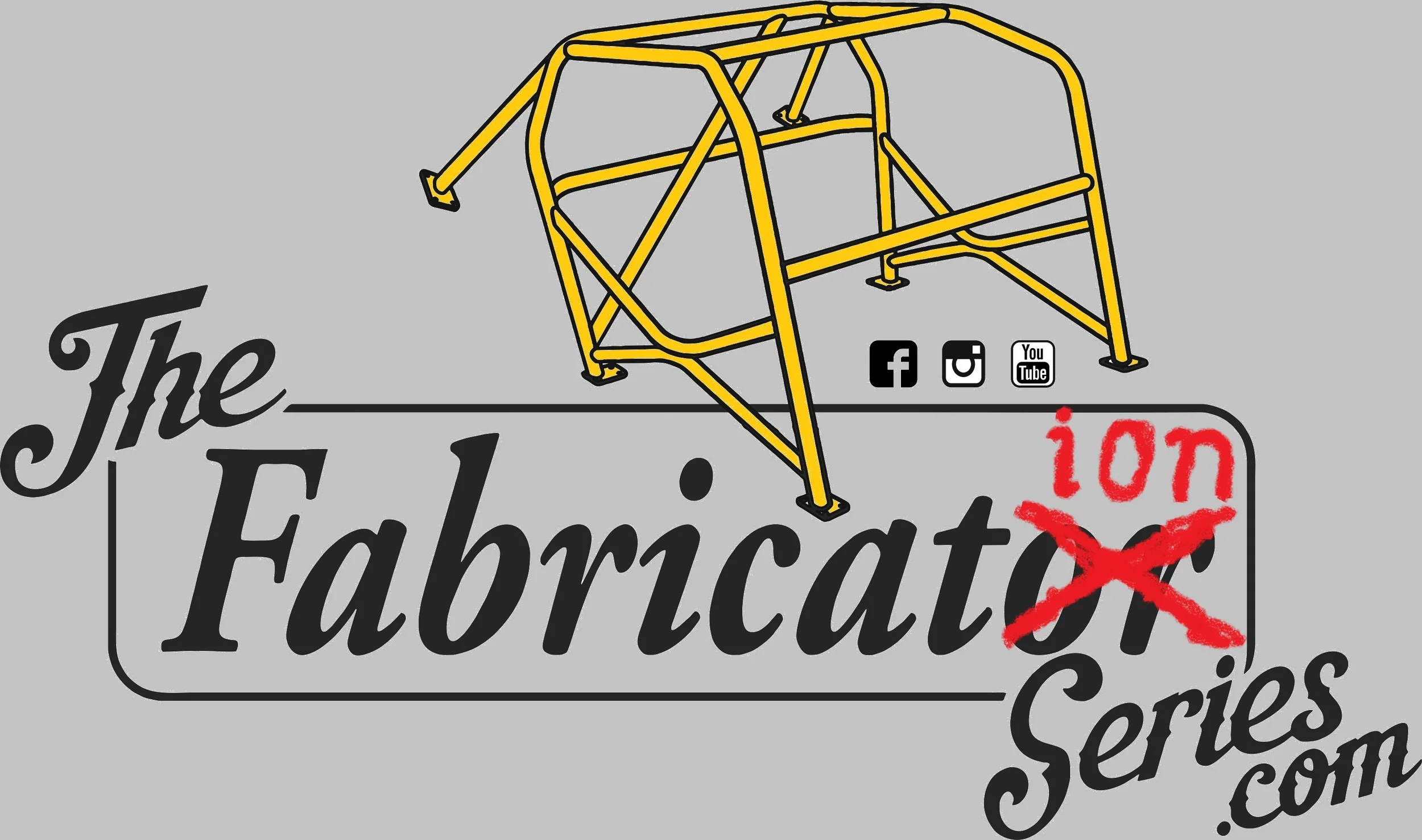Purge Blocks serve more than one purpose in the fabrication world. Do you know what they do?
Check out the video!
Turbo related fabrication (often simplified as “Boost Fab”) can be a rather frustrating field to enter. Every design can be different, the change of materials and thickness can change the process, and you are now working with exotic metals. Stainless steel is trick enough by itself to work with, but now you are creating a part that will rapidly heat cycle thousands of times in a short distance. On a metal that isn’t as thermally conductive, you will find that it can withstand the heat cycles and elevated temperatures well, but ONLY if you prepared it correctly.
Let’s talk about heat for a moment.
As mentioned earlier, stainless steel is not very thermally conductive. Whatever heat gets into it – stays in it. The bad part is without the presence of shielding gas during welding, oxidization occurs which can render stainless steel near useless.
Now let’s talk about the flanges often used in boost fab
The most common thickness for a flange is ½”. This serves well for almost all applications, but it can still warp even with a concentrated heat input on it. The tendency to warp is even greater when welding round materials such as pipe for a turbo manifold because the direction of the pipe changes so often, and each weld will pull it in a different direction as you weld 360 degrees around it. Even solid flanges can warp after welding without being attached to a fixture.
So the question then becomes:
“How do we combat both warping and distortion AND feed the part with gas for shielding?”
We use purge blocks.
Purge blocks serve as both a heat sink and gate for the argon gas to get inside of the part for shielding the back side of the weld.
In order the act as a heat sink and minimize distortion, the metal must be made from a thermally conductive material, and be very thick. When comes to metal selection, there is only one metal that fits the bill well – aluminum.
Aluminum is available in multiple grades, is easily machined at nearly any grade, affordable, and very thermally conductive meaning it will take the heat input and dissipate it quickly. The ability to easily machine it means you can add additional ports to allow gas to flow into the part.
Continuous gas coverage on all areas of a stainless steel weld is critical to ensuring you get a strong weld that will withstand the extreme environment turbo manifolds are subject to. Without gas shielding, the weld, metal, and other components can fail.
In order to create a purge block, you need at least two things:
- The bolt pattern for the flange that will bolt to it
- A method to drill and tap
While the milling machine was used for construction of the purge blocks in this episode, it is not the only method available. You can use a drill press or even a hand drill after marking your measurements out. You will see this method used in a future episode of the #TFSBoostFab segments.
Aside from the bolt patterns needing to be correct, you will need an entry/exit port for each port of the part. If you are machining a purge block for a 4 cylinder (or port) flange, 4 holes need to be placed in the block, one for each port, for argon gas to flow in and push the oxygen out. This includes turbo flanges which can be single port or divided as seen in the video.
If you have any questions about machining purge blocks, drop a comment below or Email The Fabrication Series for more!











Purge Blocks actually serve more than one purpose. Do you know what they do?